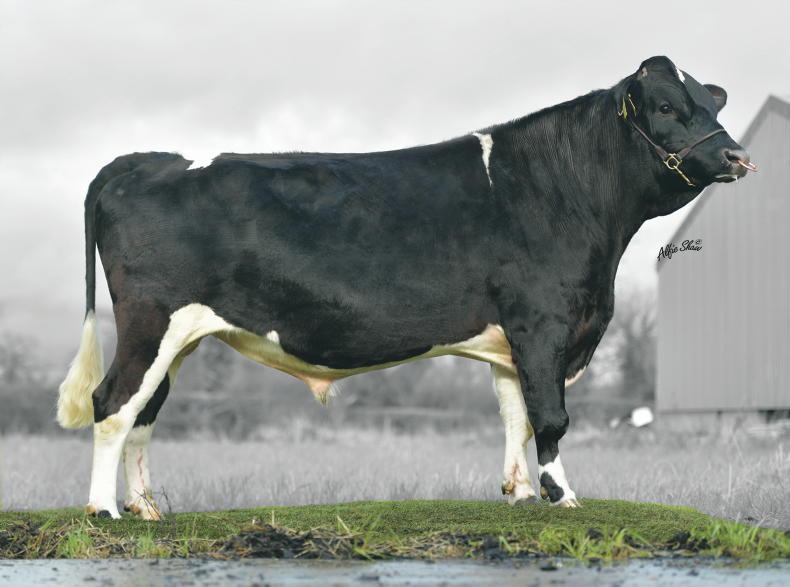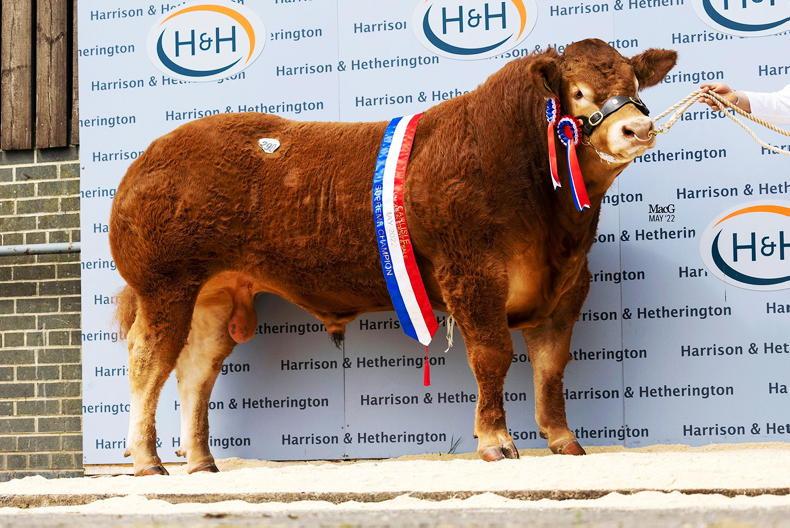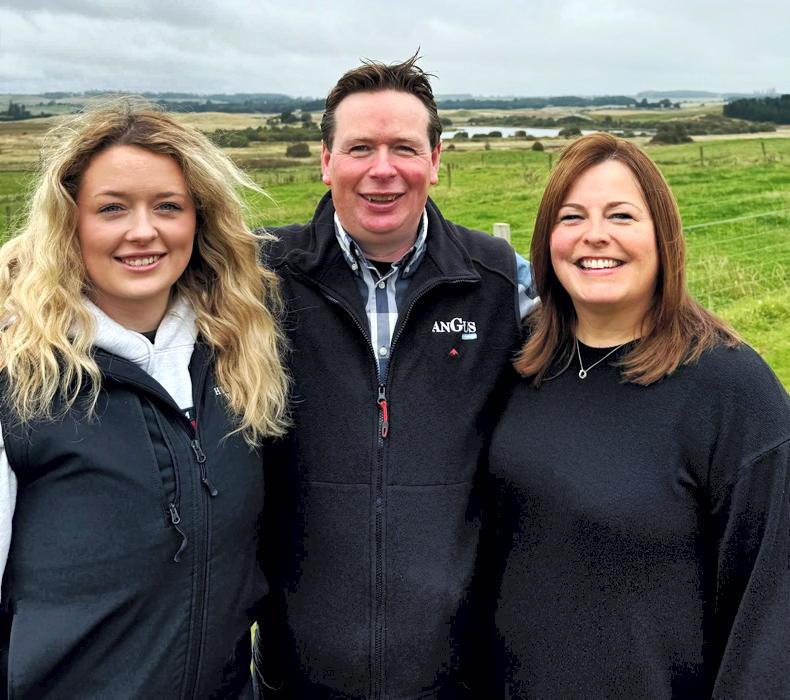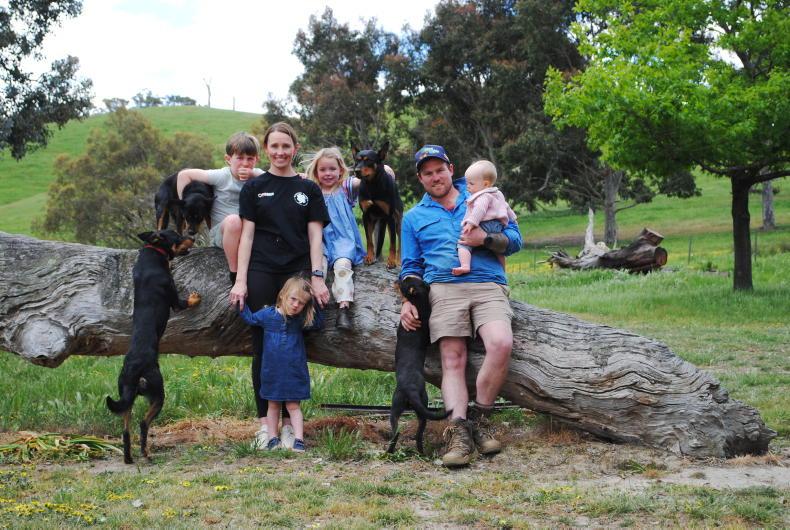I’m not sure if it’s climate change adaptation or being weather-flexible but calendar farming has gone out the window this year. Having switched to 100% spring calving I had planned to start breeding three weeks earlier on 23 April. I delayed till the start of May in the hopes of better weather and a less-stressed farmer. Better to have a tight calving pattern than only a handful calving in the first 10 days due to poor submissions or the dreaded repeats.
Cow condition is good considering the lack of a spring and there was 80% submission rate in the first 3 weeks with 71% non-return rate. That would give 57% of cows calving in the first 3 weeks next spring, not ground breaking but acceptable.
The original plan with the heifers to keep them close to home and AI for 10 days followed by synchronisation was scrapped. I needed every nearby acre to replenish the empty silos and build a reserve. An 'experienced' Angus bull was tasked to the job on a more remote holding.
Unlike the cow condition, I wasn’t happy with some of my younger maiden heifers. Their plan had been to grow them with early grass. They were inside longer than they were outside as I had to re-house twice, and it showed. It was pointless trying to breed them as I felt they would be too small at calving. A friend was looking at them as he helped me unload the bull to the main bunch and suggested to try them as late calvers instead of an idle year. May grass has done the job March couldn’t and the bull was visibly delighted with his extra work!
My steeple chasing heifer
When checking them last week I spotted one heifer with an obvious springing. I decided to bring her home to see how long before the happy but out-of-season calving event.
My big mistake was to separate her in the field and expect her to walk calmly to a loading yard. Two hours later she made it back to the field after a tour of neighbouring roads, marshes and silage fields. The second attempt was successful with her comrades for company.
I had a vet scanning non-bred cows. All were clean; some coming into heat shortly, some usual late-calving suspects are still to show activity. I believe spending on treatments too early is a waste of time and money. I’ll scan anything not mated again in three weeks to decide what to do.
Meanwhile, my steeple chasing heifer is in calf around thirty days, so the bull is working. The springing is put down to possibly eating something with high oestrogen levels.
Yes, plants have hormones too.
Read more
Farmer writes: the weather is half the work
What farmers can do to tackle climate change
I’m not sure if it’s climate change adaptation or being weather-flexible but calendar farming has gone out the window this year. Having switched to 100% spring calving I had planned to start breeding three weeks earlier on 23 April. I delayed till the start of May in the hopes of better weather and a less-stressed farmer. Better to have a tight calving pattern than only a handful calving in the first 10 days due to poor submissions or the dreaded repeats.
Cow condition is good considering the lack of a spring and there was 80% submission rate in the first 3 weeks with 71% non-return rate. That would give 57% of cows calving in the first 3 weeks next spring, not ground breaking but acceptable.
The original plan with the heifers to keep them close to home and AI for 10 days followed by synchronisation was scrapped. I needed every nearby acre to replenish the empty silos and build a reserve. An 'experienced' Angus bull was tasked to the job on a more remote holding.
Unlike the cow condition, I wasn’t happy with some of my younger maiden heifers. Their plan had been to grow them with early grass. They were inside longer than they were outside as I had to re-house twice, and it showed. It was pointless trying to breed them as I felt they would be too small at calving. A friend was looking at them as he helped me unload the bull to the main bunch and suggested to try them as late calvers instead of an idle year. May grass has done the job March couldn’t and the bull was visibly delighted with his extra work!
My steeple chasing heifer
When checking them last week I spotted one heifer with an obvious springing. I decided to bring her home to see how long before the happy but out-of-season calving event.
My big mistake was to separate her in the field and expect her to walk calmly to a loading yard. Two hours later she made it back to the field after a tour of neighbouring roads, marshes and silage fields. The second attempt was successful with her comrades for company.
I had a vet scanning non-bred cows. All were clean; some coming into heat shortly, some usual late-calving suspects are still to show activity. I believe spending on treatments too early is a waste of time and money. I’ll scan anything not mated again in three weeks to decide what to do.
Meanwhile, my steeple chasing heifer is in calf around thirty days, so the bull is working. The springing is put down to possibly eating something with high oestrogen levels.
Yes, plants have hormones too.
Read more
Farmer writes: the weather is half the work
What farmers can do to tackle climate change










SHARING OPTIONS